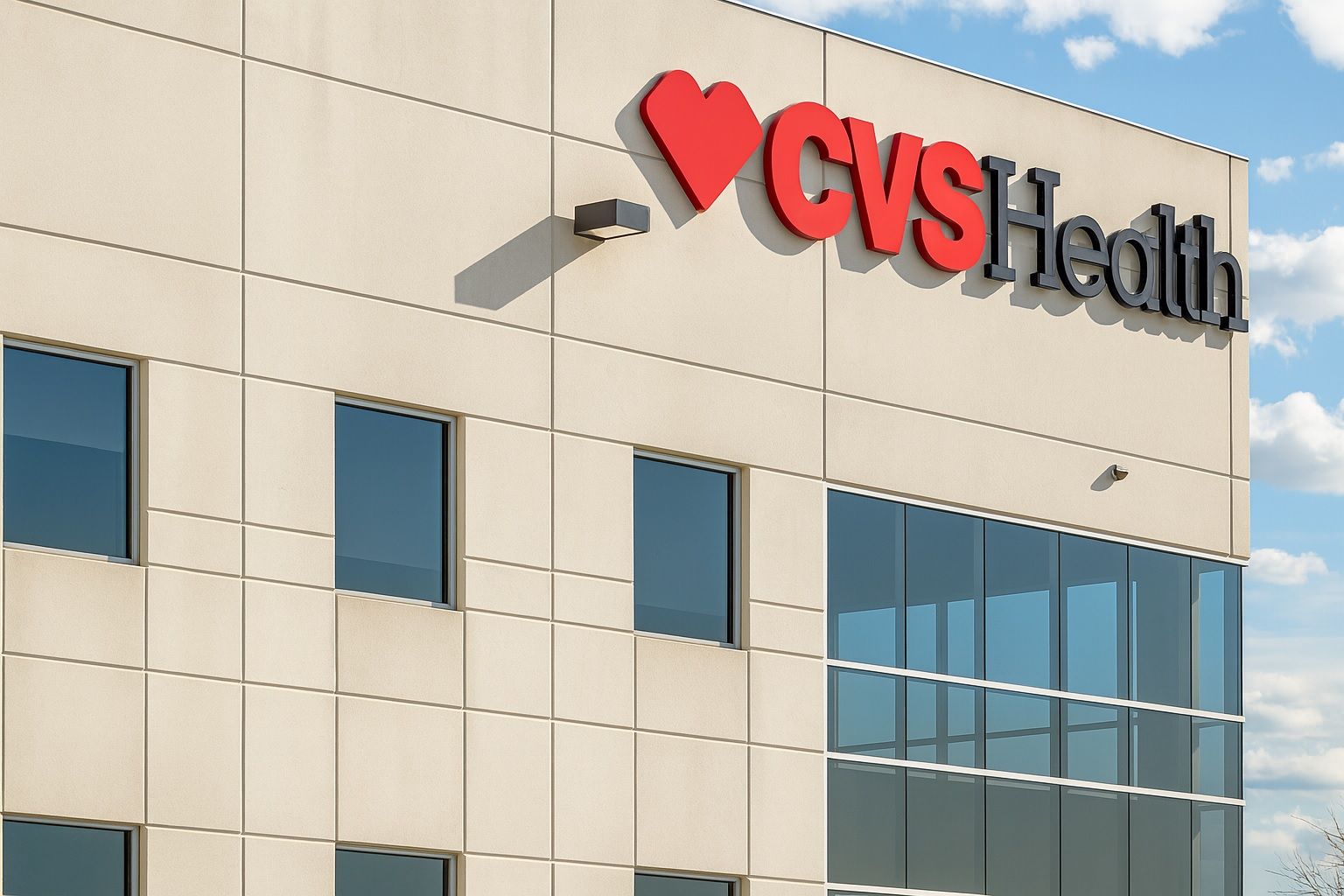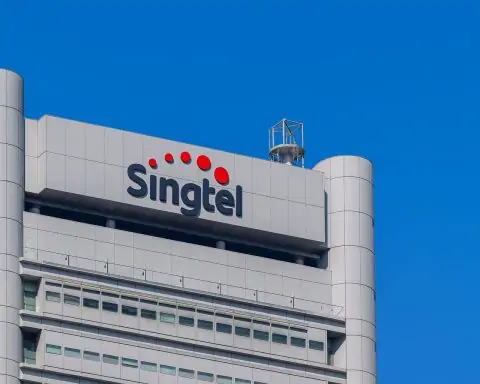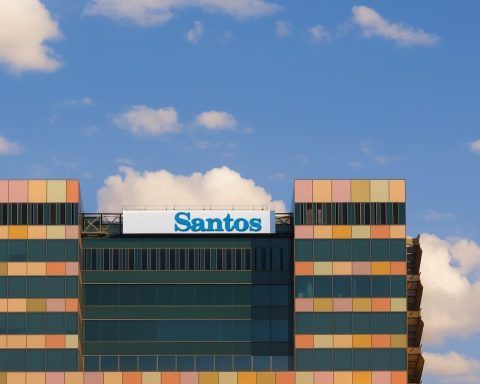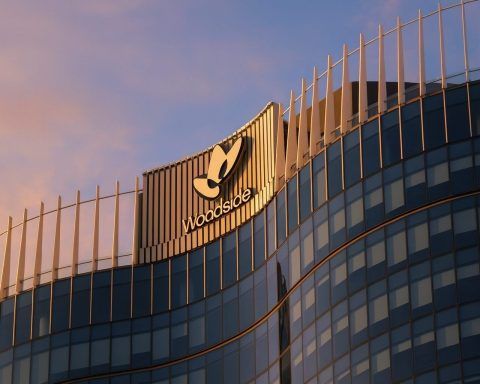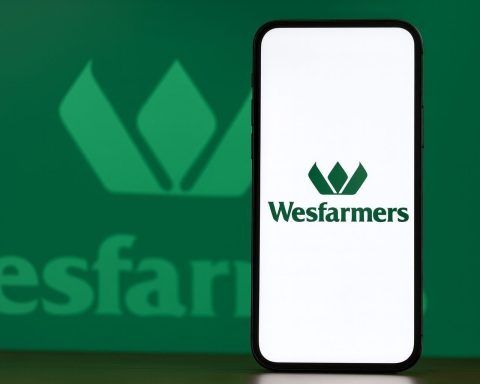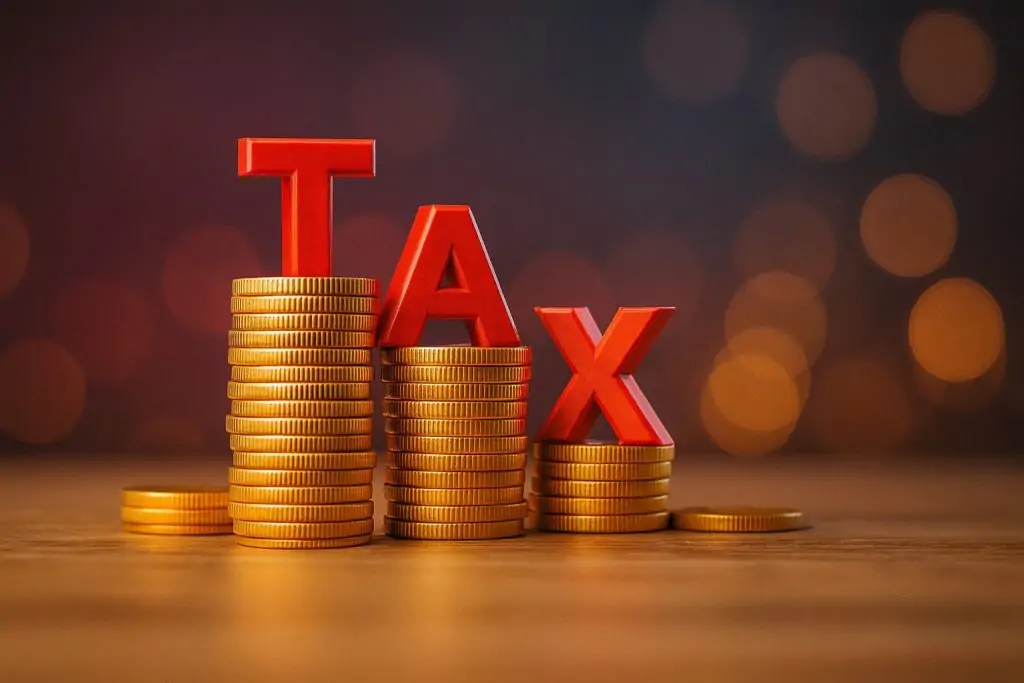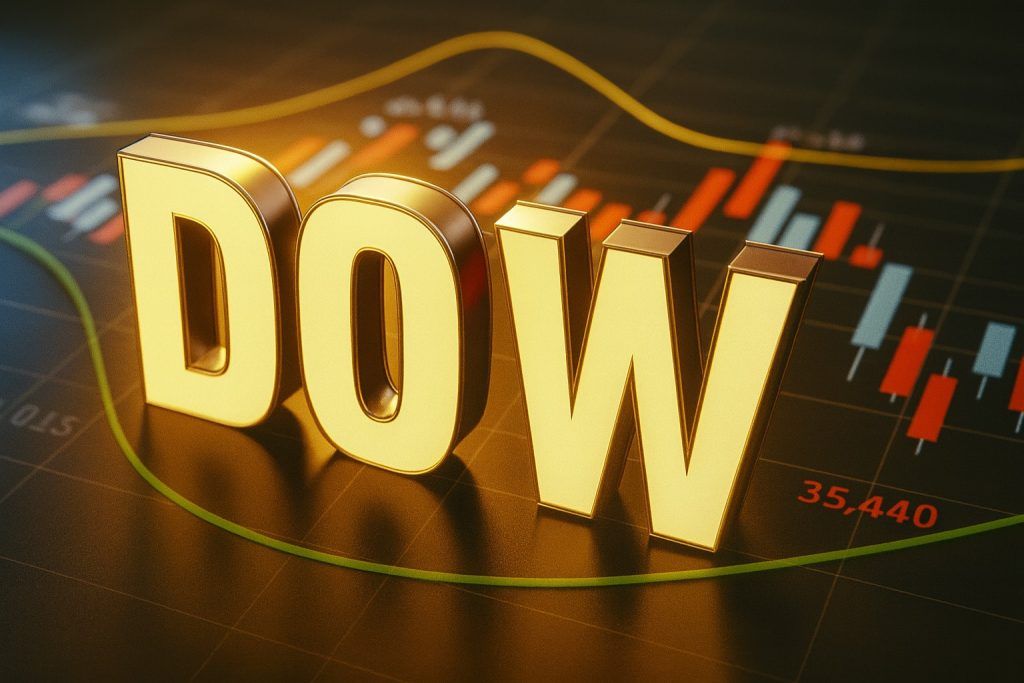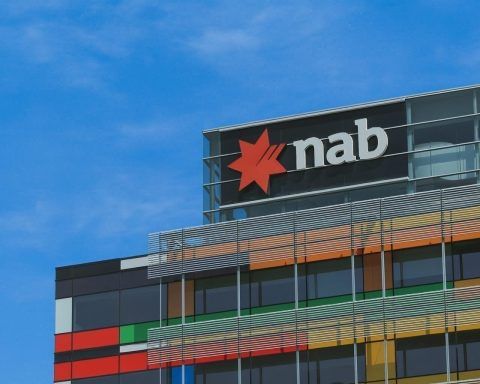- Record Q3: CVS Health reported a record $102.9 billion in revenue for Q3 2025 (up 7.8% YoY) and adjusted EPS of $1.60 [1] [2], well above analyst forecasts.
- Full-year upgrade: The company raised its 2025 adjusted EPS guidance to $6.55–$6.65 (from $6.30–$6.40) [3] [4] – the third upward revision this year.
- GAAP loss from write-down: A $5.7 billion goodwill impairment on its Health Care Delivery (Oak Street) unit pushed GAAP EPS to a $3.13 loss [5]. Excluding that one-time charge, the quarter would have shown net income.
- Insurance business strong: CVS’s Aetna arm excelled – earning industry-leading Medicare Advantage star ratings and holding medical loss ratios near expectations [6]. The company plans to reprice about half its MA plans for 2026 to lock in profit.
- Pharmacy & retail growth: Pharmacy & Consumer Wellness saw robust volume; same-store prescriptions jumped ~9% in Q3 [7] as higher utilization and Rite-Aid acquisitions boosted sales. CVS also expanded vaccination campaigns and its PBM gave preferred status to weight-loss drugs like Wegovy to improve margins [8] [9].
- Share price and outlook: CVS shares trade near $82 (late Oct. 2025), up ~46% over the past 12 months [10]. Wall Street’s average 12-month target is about $85 [11]. Analysts forecast 2026 EPS around $7+ [12], suggesting low double-digit growth ahead.
In Wednesday’s earnings announcement, CVS Health (NYSE: CVS) beat expectations across the board. The pharmacy-and-insurance giant reported Q3 total sales of $102.9 billion and adjusted profit of $1.60 per share [13] [14], handily exceeding consensus. Revenue was about $7.5 billion higher than a year ago, driven by volume gains and modest price increases. The results “exceeded Wall Street’s expectations,” according to the Associated Press [15]. Management simultaneously hiked its full-year guidance: adjusted earnings are now seen at $6.55–$6.65 per share [16] [17]. This marks CVS’s third profit outlook raise in 2025, reflecting confidence in its turnaround plan. Investors rewarded the news – CVS stock spiked after the close – adding to a strong rally this year (CVS is up roughly 46% in 12 months) [18].
A key driver of the beat was CVS’s insurance business. Its Aetna subsidiary earned “industry-leading” Medicare Advantage star ratings [19] and managed to keep its medical-loss ratio (the share of premiums spent on care) around planned levels. Recall that one year ago CVS struggled with unexpectedly high health costs in its Medicare plans. This quarter, CEO David Joyner noted that “nothing is a surprise to us” [20] – reflecting better-than-expected underwriting. Evercore analyst Elizabeth Anderson commented that “CVS had one of the cleanest prints we have seen so far this earnings season” [21], thanks to Aetna’s tighter cost controls. CVS will also reprice about half of its Medicare Advantage book for 2026 to solidify margins. (Earlier in the year Joyner flagged CVS’s underperformance in ACA exchanges, saying they were “disappointed by the continued underperformance” [22] – a business CVS is now exiting to focus on its core insurance segments.)
The pharmacy side also performed well. CVS’s Pharmacy & Consumer Wellness revenue grew as prescriptions poured in – same-store script volume was up ~8.9% [23] from a year ago, fueled by both higher utilization and the addition of acquired stores. The chain recently pushed new vaccination campaigns at its CVS Pharmacy and MinuteClinic locations, which lifted front-store sales. Notably, CVS Caremark (the PBM) gave preferred status to Novo Nordisk’s weight-loss drug Wegovy and dropped Eli Lilly’s competitor Zepbound from its top formulary [24]. That move likely improved CVS’s pharmacy margins, as PBMs typically negotiate rebates on such blockbuster drugs. These growth engines offset weaknesses elsewhere: CVS took a $5.7 billion non-cash write-down on its Health Care Delivery division (primarily Oak Street Health clinics and Signify Health in-home care) [25] [26]. The impairment reflects recent struggles in primary care rollouts, but management is paring back expansion plans – for example, delaying new Oak Street clinics next year – to stop the losses. Excluding this one-time charge (and a $483M gain from deconsolidating Omnicare), the quarter’s results were very robust.
Joyner framed the quarter as evidence that “our leadership team has stabilized operations and is focused on businesses and markets where we can succeed” [27]. He emphasized that CVS is honing its portfolio – exiting unprofitable ACA plans and closing underperforming stores – and doubling down on the big segments. Industry observers note that CVS now has multiple complementary growth engines: retail pharmacies, a large PBM (Caremark), a growing home health business (Signify) and Aetna’s Medicare Advantage footprint [28]. This diversified model provides resilience even if one area softens, as TechStock² recently highlighted [29]. CVS also maintains a steady dividend (~$0.665 per quarter) that yields in the mid-single digits, which could attract income investors given the recent stock surge.
Analysts remain broadly positive on CVS. Shares closed around $82 on Oct. 29, and the consensus 1-year price target (~$85 [30]) implies only modest upside from here. On the earnings call Joyner reiterated focus on costs and growth drivers, echoing his May comment that “we’ll focus on the areas where we have a clear right to win” [31]. Model forecasts suggest CVS could deliver roughly $7+ per share in 2026 EPS [32], as Medicare Advantage enrollments and pharmacy volumes continue to grow. “CVS learned its lessons a year ago,” notes Kevin Gade of Bahl & Gaynor [33], indicating that current discipline may sustain profits. Market watchers will be watching next year’s MA rate setting and consumer demand trends (including retail foot traffic and online pharmacy competition) to see if CVS’s momentum continues. For now, the earnings beat and raised guidance suggest Wall Street is taking the idea of CVS as a “most trusted health care company” seriously [34] – a narrative that has driven the stock higher in 2025.
Sources: Official CVS Health earnings release and SEC 8-K [35] [36]; Associated Press report [37]; Reuters and Investing.com analyses [38] [39]; industry press and market data [40] [41] [42] [43] [44]. (Additional context from FierceHealthcare, TechStock², etc.)
References
1. www.cvshealth.com, 2. www.timesunion.com, 3. www.cvshealth.com, 4. www.timesunion.com, 5. www.gurufocus.com, 6. www.gurufocus.com, 7. www.gurufocus.com, 8. www.gurufocus.com, 9. www.reuters.com, 10. www.investing.com, 11. www.wallstreetzen.com, 12. www.wallstreetzen.com, 13. www.cvshealth.com, 14. www.gurufocus.com, 15. www.timesunion.com, 16. www.cvshealth.com, 17. www.timesunion.com, 18. www.investing.com, 19. www.gurufocus.com, 20. www.reuters.com, 21. www.reuters.com, 22. www.fiercehealthcare.com, 23. www.gurufocus.com, 24. www.reuters.com, 25. www.gurufocus.com, 26. ng.investing.com, 27. www.cvshealth.com, 28. ts2.tech, 29. ts2.tech, 30. www.wallstreetzen.com, 31. www.fiercehealthcare.com, 32. www.wallstreetzen.com, 33. www.reuters.com, 34. www.cvshealth.com, 35. www.cvshealth.com, 36. www.cvshealth.com, 37. www.timesunion.com, 38. ng.investing.com, 39. www.reuters.com, 40. www.gurufocus.com, 41. www.reuters.com, 42. www.investing.com, 43. www.wallstreetzen.com, 44. ts2.tech
